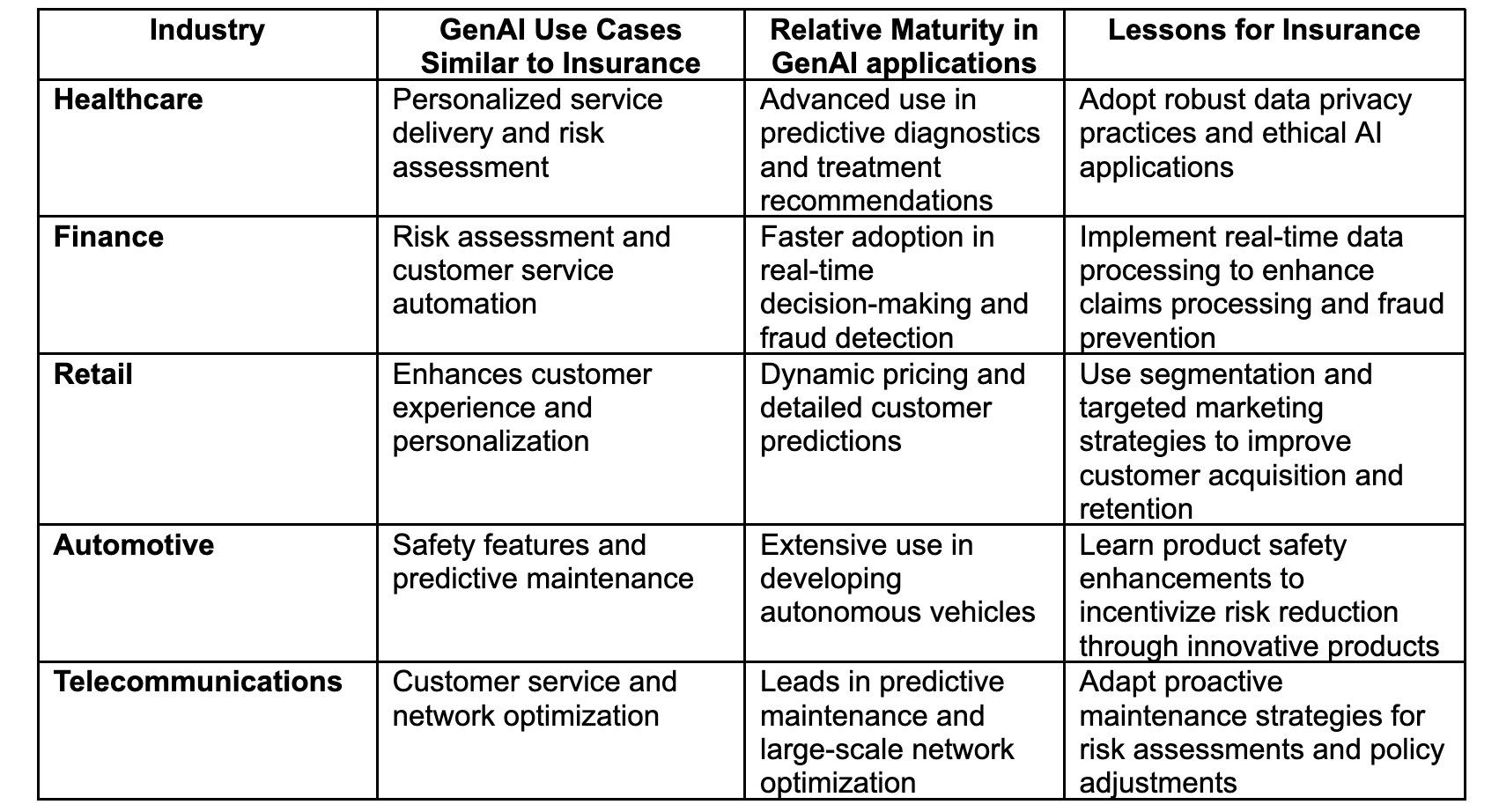The adage that “everybody talks about the weather, but nobody does anything about it” – often attributed to Mark Twain but written by Charles Dudley Warner in 1897 – is no longer true, especially when it comes to its current and future impact on the insurance industry.
Simply stated, extreme weather is disrupting property & casualty insurance profitability while destroying coverage affordability and restricting availability.
The term "climatic change" was first used in a 1975 article titled "Climatic Change: Are We on the Brink of a Pronounced Global Warming?", by Wallace Broecker, a geochemist at Columbia University. Since then, the expression “climate change” has grown to encompass a wide variety of climatological, natural and man-made weather phenomena. The terms "global warming" and "climate change" became more common in the 1980s and are often used interchangeably.
However, technically, "global warming" only refers to increased surface warming, while "climate change" describes both global warming and its effects on Earth's climate system, such as precipitation changes.
Paradigm Shift from ‘Repair and Replace’ to ‘Predict and Prevent’
Ironically, these new threats may have surfaced at a perfect time to encourage the insurance industry to finally transform its legacy approaches to risk managements to position itself for the rapidly transforming new economy. At the heart of this makeover is a critical paradigm shift, albeit still early on, from "repair and replace" to a "predict and prevent" mindset applied across the enterprise: product design, underwriting, distribution, claims, service and marketing. Some refer to this capability as resiliency. Climate tech to the rescue.
And not immaterially, in its new report titled “Building A Climate-Resilient Future,” launched at COP28, Oliver Wyman observes that “by playing a larger role in increasing resilience, insurers have the power to reduce overall weather-related losses, protect their existing markets and expand coverage into new markets — the combination of which presents a $71 billion annual revenue opportunity for the insurance industry.”
Climate Tech and Insurance
For purposes of this article, we have narrowed the lens of the discussion to a specific, more practical short-term focus on what we will call “climate tech” as it relates to extreme weather and its implications for the P&C insurance industry.
We define climate tech as technology-enabled tools and solutions that can avoid, limit, mitigate and remediate the impact of extreme weather events on policyholders and their property, whether man-made or natural. This includes emergency response and triage services.
These technologies include sensors and IoT devices connected to people, homes and property, more accurate weather forecasting, satellite aerial imagery, parametric insurance, earthquake warning systems, catastrophe planning and management software and data-driven decision-making.
Extreme weather is disrupting the claims and repair industry
Extreme weather events, including hurricanes, tornadoes, wildfire and, most recently, convective storms, are converging and somewhat of a moving target, competing for the top spot in severity. Carriers are beginning to explore and use climate tech technologies to better predict and react in several ways.
According to the recently released Q2 findings of CCC Intelligent Solutions' 2024 Crash Course report, more frequent and severe storms are resulting in a surge of higher auto insurance claims costs and longer repair times. The report encourages improved preparation efforts through robust strategies and technologies, including leveraging AI-powered tools with historical data and predictive analytic capabilities to improve storm severity forecasting.
See also: Climate and Catastrophe Risk Strategies
The Role of Re/insurers
Global re/insurers are well positioned to support and encourage carrier adoption of climate tech solutions
Risk Management Partners, a unit of Munich Re, recently announced a partnership with IT consulting firm CGI to help insurers reduce claims and increase profitability. Munich Re will combine its intelligence platform with CGI's climate risk mitigation offerings to provide insurers with a platform that enables data-driven decision-making.
Wildfires are an escalating threat, consistently surpassing historical records. Since 2000, they have consumed 7 million acres annually, double the yearly acreage burned in the 1990s, according to Swiss Re. Swiss Re, in collaboration with Bellwether, announced that it is using AI and comprehensive data harvesting to enhance underwriting capabilities for insurers facing wildfire risk.
INSURANCE FOCUS ON CLIMATE TECH
Capital and resources are beginning to flow into the climate tech space in a variety of forms. The most common are private equity and venture capital investments, start-ups and early-stage market entrants, new insurance products specifically for climate tech solutions, re/insurers conducting research and development of potential tools and solutions and larger established companies extending their capabilities into products and services focused specifically on “sustainability” and “resilience” initiatives.
One innovative example of this comes from Solera, a vehicle lifecycle management data provider, and its new suite of solutions "Sustainable Estimatics," which analyze and measure the CO2 emissions of the touchpoints in the value chain of the auto claims journey, providing information to minimize the CO2 emissions of the claim managed by insurers,
Chubb: Insurance for Climate Tech Companies
As the global population grows and energy demands increase, clean technology companies are critical to the global economy. As climate tech businesses innovate, they face unique risks due to both the unprecedented nature of their operations and the urgency of scaling for the low-carbon transition.
These are the companies developing the cutting-edge products, services and technologies necessary to mitigate greenhouse gas emissions and protect Earth’s natural resources during the energy transition.
Chubb is leveraging its expertise in the climate tech industry to support these clients and help protect their organizations.
The Geneva Association
Affordable insurance solutions are a prerequisite to attracting sufficient investment in climate technologies and deploying them widely. Assessing and mitigating the risks involved in projects are, in turn, key to developing such solutions.
The Geneva Association is the only global association of insurance companies; its members are insurance and reinsurance CEOs. In total, the companies of Geneva Association members are based in 26 countries around the world; manage $21 trillion in assets; employ more than 2.5 million people; and protect 2.6 billion people.
The Geneva Association's two-part research series explores how insurers can help facilitate the commercialization of climate tech.
The first report – "Climate Tech for Industrial Decarbonization: What role for insurers?" – examines the climate tech commercialization landscape and presents perspectives of C-level insurance executives on what the industry can offer in this space. It finds that engaging re/insurers from the very early stages of climate tech projects is critical.
The second report – "Bringing Climate Tech to Market: The powerful role of insurance" – focuses on how the insurability of climate technologies can be enhanced. It presents a novel "insurability readiness framework" that can be used to pinpoint the areas within climate technologies that pose the greatest challenges to insurability. The framework is applied to two technologies – green hydrogen and carbon management – to demonstrate its use.
JVP (Jerusalem Venture Partners)
In May, JVP (Jerusalem Venture Partners) announced the launch of an international initiative to boost AI technologies in insurtech and climate tech, attracting delegations of hundreds of investors from across the globe, including North America, South America, Australia, Europe, Asia and, notably, Israel.
Hundreds of startups, investors, global insurance industry leaders, bankers and international tech leaders came together at JVP's annual meeting in New York City, a robust testament to international partnership and support for Israeli innovation.
See also: Time To Embrace AI In Climate Change Fight
Oliver Wyman
In its new report titled “Insurance and Sustainability Opportunities for 2024,” Oliver Wyman states that sustainability disclosure is becoming mandatory. The direction of travel is clear: Audited climate and sustainability disclosures are becoming mandatory in a growing number of jurisdictions. At the forefront of this trend is the European Union’s Corporate Sustainability Reporting Directive (CSRD), for which the first disclosures are due in 2025.
We expect to see more insurers refresh their sustainability strategies considering the results, as new ESG impacts, risks and opportunities come into focus. And because the double materiality assessment determines the scope of future disclosures, it has important long-run implications for reporting costs and risks. We will be watching to see how insurers begin to lay the groundwork for their first disclosures with descriptions of their CSRD work in their 2023 reports to be published in 2024.
Industry events
Given the emergence of climate tech, there are a number of insurance industry conferences underway and being planned, validating interest and illuminating the various related challenges and opportunities.
In February 2024, Oliver Wyman held the first virtual "Sustainable Insurance Summit," bringing together leading industry speakers and more than 300 insurance and sustainability practitioners to network and discuss mission-critical challenges, opportunities and operational actions insurers can take to future-proof their businesses while building resilience and supporting the transition to a low-carbon world.
One live event on the horizon set for April, 2025 is ClimateTech Connect. This conference is designed for industry leaders, government officials, entrepreneurs and investors leading transformational climate resilience through technology. Primary industries include: insurance, supply chain, logistics, real estate development, land use and zoning authorities, emergency response management, public safety and agriculture. This further demonstrates the breadth and reach climate tech will have in the years ahead.
FORECAST: More Climate Change, Greater Focus and Action on Sustainability and Resilience
It is early innings for climate change and climate tech, especially in the property & casualty insurance industry, but the threats and the opportunities are already becoming clear to many.
As climate impacts continue to mount and sustainability disclosure requirements push insurers to focus more clearly on climate-related risks and opportunities, we expect to see more insurers explicitly integrate adaptation and resilience into their sustainability strategies.























